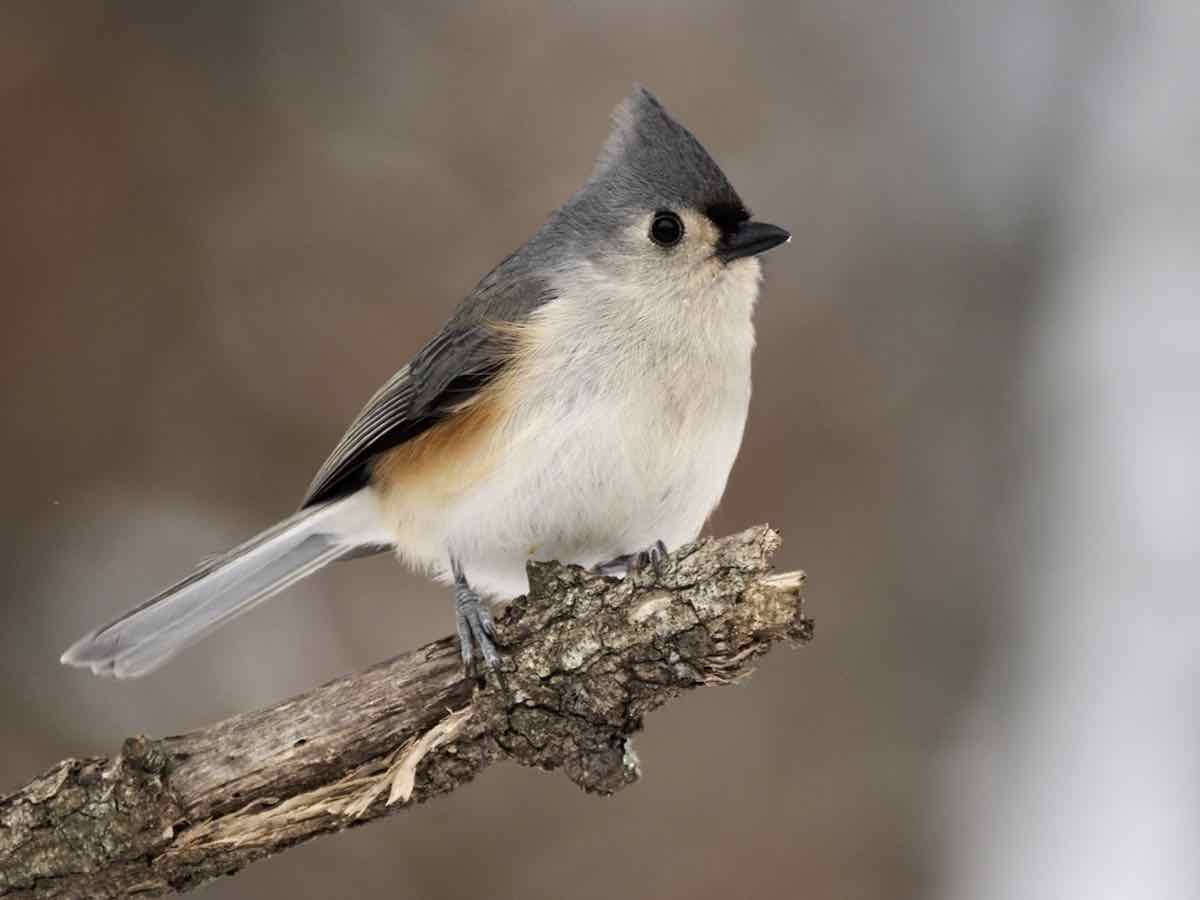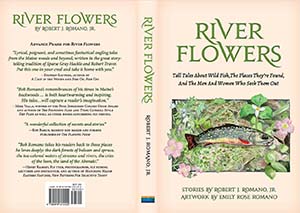Morning Chores

Image by J. Carrol Sain
It’s still dark as I dress, the sun reticent to rise on such a cold, gray morning. Trudging down the stairs and into the living room, I find the woodstove still warm. I’ve tucked a bright yellow, long-sleeve tee-shirt into my jeans. The jeans, a pair purchased from L.L. Bean the year before our college-age daughter was born, are lined with flannel. Stained and frayed, they still keep me warm on a February morning like this one.
The dogs drag themselves from their dreams. Finnegan, the younger of our two black Labradors, noses my leg, tail wagging his hindquarters, thoughts of food on his mind. About as old as a Lab can expect to live, Winslow Homer opens one eye, swishes his tail once, then snuggles back down on the couch. The white hair lining the old dog’s muzzle reminds me of the stunted trees at the top of Bosebuck Mountain after a November snow shower. Trudging into the kitchen, I fill their bowls, add a bit of warm water, and then lower them to the hardwood floor.
After they’ve eaten, the dogs mill around my legs as I zip gaiters around my boots. After sliding a hooded sweatshirt over my head, I grab my work gloves and cap from a rack by the side of the door. An oil stain above the cap’s bill surrounds letters that spell out Oquossoc Marine. The stain reminds me of a pond where largemouth bass come willingly to any bushy fly cast toward its submerged logs. Down on one knee, I sweep ash from the woodstove into a bucket.
Outside, night has reluctantly receded, leaving only its brightest stars. The sun, although yet to rise, has turned the sky above the blue spruce line crimson. My knees nearly buckle when Finnegan bumps me from behind. The young dog’s legs slide out in all directions on the slippery walk. Mags takes a tentative step onto the icy slate and looks up as if to say, “I’m getting too old for this.”
The birds are awake, stirring from their nighttime roosts. Goldfinches chatter from the branches of a nearby dogwood. A tiny wren complains from among the shriveled leaves of a rhododendron. Farther back, in the woodlot, a crow caws once, twice, three times before another takes up the refrain.
Snow remains around the base of the trees. I dump the ash behind the shed that huddles beside a lean-to where I stack billets for the woodstove. The air is still, and the ash settles without blowing back in my face. Inside the shed, I grab a metal bucket hanging from a nail and fill it with sunflower hearts scooped from a plastic bin. With the dogs following at my heels, I fill the various feeders hanging from cedar posts around our property. Afterward, I replace the water in a heated birdbath. After adding a suet cake to the metal cage nailed to a maple tree, I hear an erie cry coming from the lower field.
I trudge toward the line of spruce trees separating a number of gardens from the lower field we’ve allowed to go fallow. When the dogs tramp into the brambles and brush beyond the spruce, I spy a splash of red, and then catch the black-and-white wings of the pileated woodpecker as the large bird flies from the branches of a pin oak in the middle of the field.
A wild grape vine, thick as rope, twists around the trunk of the oak that has grown tall above the unkempt landscape. The grape’s fruit is withered, its leaves gone. Virginia creeper has followed the grape’s ascent, spreading upward through the oak’s canopy. This fall the leaves of the clinging vine had turned brilliant scarlet before slipping soundlessly through the limbs of the sturdy tree. Wild roses and barberries spread through the field. Their prickly branches are somber and gray. They droop toward the ground.

Bob Romano’s newest book River Flowers is available now. Visit forgottentrout.com for ordering information.
By the time I trudge back to the shed, chickadees are flying back and forth. Their undulating flight patterns crisscross the yard. I hang the bucket back on the nail and carry an armload of wood from the adjacent lean-to into the house.
It takes four trips to fill the metal frame beside the woodstove. Arranging cardboard and crumpled newspaper under four or five sticks of kindling, I strike a match. The smell of sulfur lingers as the teepee of combustible material begins to glow. It takes a minute or two for the fire to take hold, but when it does, I add a few larger logs and close the doors of the stove.
With the warmth from the cast iron beginning to spread through the room, I remove the gaiters and boots. While I change into my regular jeans, the dogs settle themselves by the stove. Slipping into my moccasins, I pad into the library and turn on the laptop. Outside the window, a female cardinal takes refuge in a red cedar. Her mate soon follows, the male’s scarlet-and-black plumage in brilliant contrast to those of the female’s more muted orange-and-olive feathers. The pair seeks quieter surroundings when a mixed flock of songbirds arrive.
Like a rowdy crowd of Times Square revelers, chickadees and titmice flutter among the cedar’s branches. They are accompanied by a number of finches, both gold and red. I count at least two downy woodpeckers among the partygoers. But it’s a nuthatch that catches my attention. The bird’s black-and-white head and gray shoulders are every bit as formal as Fred Astaire in his hat, tails, and cane. As the little bird tap-dances up the trunk of the cedar, I’m reminded I’ve yet to begin my essay for MidCurrent.
With a sigh, I stare at the empty screen. After a long moment, I begin pecking at the keyboard. The letters M O R N I N G appear, followed by a space and then the letters C H O R E S. Birds flutter about the feeders. I notice that the sky has turned darker. Perhaps it will rain. I look over at the metal tube leaning in the corner of the room beside my waders. It won’t be long now.











